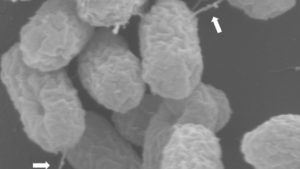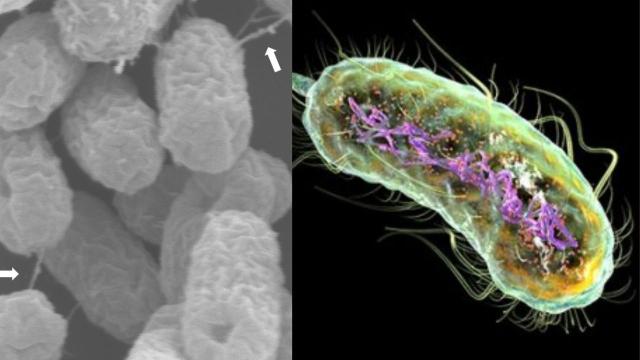Scientists have discovered a gene that allows an E. coli strain to be antibiotic-resistant and it could potentially lead to the treatment of millions of people worldwide.
A particular form of E. coli, ST131, was discovered to have a previously unnoticed gene. This gene was then discovered to make the bug resistant to commonly prescribed antibiotics. It’s a gene that can spread incredibly quickly, according to researchers.
“Unlike gene transfer in humans, where sex is required to transfer genes, bacteria have genetic structures in their cells – called plasmids – that are traded quickly and easily between each other,” says Professor Schembri from the University of Queensland’s school of chemistry and molecular biosciences. Researchers from the University of Queensland lead this research with international assistance.
“This resistance gene is in one such plasmid and is swiftly making E. coli ST131 extremely resistant to widely prescribed fluoroquinolone antibiotics.
“These antibiotics are used to treat a wide range of infections, including urinary tract infections (UTIs), bloodstream infections and pneumonia.”
For those unaware, E. coli is an infectious bacteria found in the lower intestine of warm-blooded organisms. Typically, it’s transferred from organism to organism by eating contaminated food; most commonly this is stuff like beef, unpasteurised milk and fresh produce.
Contaminated water is also a common way that E. coli can infect somebody, as is coming into contact with an infected person.
E. coli grips the world pretty heavily still today – you might know the name most from product recalls. Thousands of people contract it every year and although most people recover from it with a week, some people may develop life-threatening kidney failure (hemolytic uremic syndrome).
The University of Queensland estimates that more than 150 million people are infected from E. coli every year, mostly from urinary tract infections. E. coli is also a common cause of sepsis, a disease that kills around 11 million people every year.
That’s why finding this gene is so important. Because there’s still a high risk that people can develop massive problems from the bacteria and because antibiotics don’t always work against it, it’s important to shine new light on these problems.
“Importantly, this gene works with other resistance genes to achieve resistance at a level greater than the highest antibiotic concentrations that we can achieve during treatment,” Schembri added.
“So we’re going to have to rethink our treatment plan, and strive to create antibiotics that can tackle these infections in spite of this antibiotic resistance mechanism.”

In harnessing these findings, scientists could soon develop better ideas of how E. coli ST131 emerged and spread around the world. Researchers are now focusing on better treatments to stop E. coli ST131 from infecting people. With antibiotics largely ineffective against the strain, new ideas need to emerge.
“We’ve lost a critical part of our armoury to treat UTI and sepsis, but there’s still hope,” Schembri says.
Antibiotics were one of the great inventions of the 20th century, saving countless lives, however operationally they’re losing their effectiveness, after decades of prescribing them from small to large infections. In short, the bugs have evolved. You may have heard the term “superbug” before. When we talk about antibiotic-resistant E. coli, that term applies.
“Resistance against antibiotics like carbapenems and polymyxins is emerging rapidly in some parts of the world, and we found the fluoroquinolone resistance gene we characterised in our study is often linked to such resistance,” Says Dr. Minh-Duy Phan, the lead author of this new study.
“Evolution has provided E. coli with this gene, but I’m confident that human ingenuity can still prevail against this deadly bacterium.”
You can read the study in Antimicrobial Agents and Chemotherapy.
